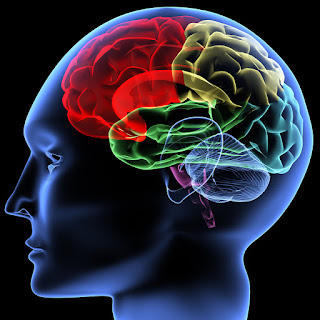Nature, Sculpture by PP, April 2016
Earth
Day aims to inspire awareness of and appreciation for earth's environment, to promote
ecology and respect for life on our planet as well as to encourage consciousness
of the growing problems of air, water and soil pollution.
My
haikus
“The
Earth Day isn't just
A single day of the year
It
is every day.”
“Plant one tree or more
On the Earth Day and watch them
Grow with your children.”
Haiku - non-rhyming poem that follows a particular structure:
five syllables in the first line, seven in the second, and five in the third.
This exquisite form comes out of Japan, where it is traditional to write about nature.
Nature, Sculpture by BP, April 2016
Facts:
- “Our
planet is currently losing over 15 Billion trees each year (equivalent to 48
football fields every minute).
- Planting
trees absorb excess and harmful CO2 from our atmosphere.
- In
a single year, it takes roughly 96 trees to absorb the amount of CO2 produced
by one person.
- Trees
also absorb odors and pollutant gases like nitrogen oxides, ammonia, sulfur
dioxide and ozone, as well as filter particulates out of the air by trapping
them on their leaves and bark.
- Studies
have shown that schools with tree cover have reduced asthma and lung disease
rates and help students with ADHD concentrate for longer periods...”
Nature, Sculpture by Urszula Glogowska, April 2016
Parenting:
9 ways to celebrate Earth Day as a family
EPA
United States Environmental Protection Agency action and ideas:
Earth Day with Mud Coffee and Exit9 and Gift Emporium
FRI,
APR 22 AT 3:00 PM, NEW YORK, NY
Earth
Day New York 2016
SUN,
APR 17 AT 12:00 PM, NYC, NY
Visit
Wave Hill Public Garden & Cultural Center, Bronx, NY for the family projects
and nature walk
Family Project
Earth
Day 2017 falls on Saturday, April 22, 2017

























